When it comes to achieving overall health, many people still find great value in the teachings of old cultures. The ancient knowledge of Ayurveda is reflected in its Panchakarma practises.
Panchakarma, which means “five actions” in Sanskrit, is a complex cleansing and rejuvenation procedure that purges both the body and the mind of toxins. The goal of this all-encompassing detox is to bring the body, mind, and spirit back into sync with one another, therefore promoting robust health.
The Foundation of Ayurveda
It is essential to have a solid understanding of Ayurveda before delving into the intricacies of the practise of Panchakarma. It is also sometimes referred to as the “Science of Life.”
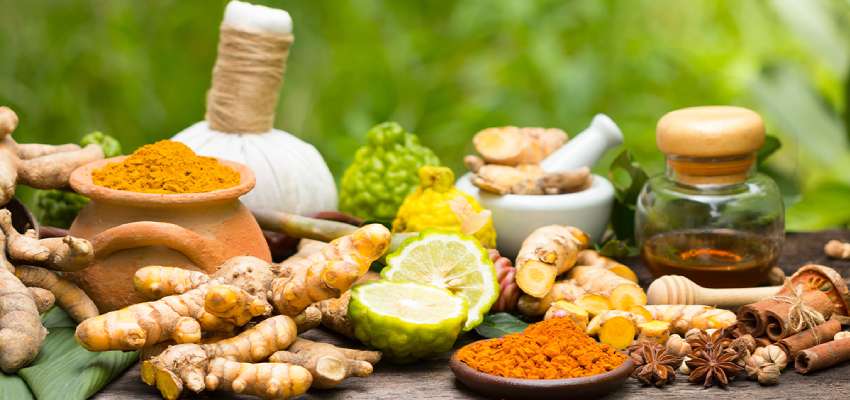
Ayurveda, which has its origins in the notion that harmony is essential to good health, provides individualised methods to health care that are determined by an individual’s dosha, which may be thought of as their basic make-up.
Read about – Ayurvedic Treatment for Piles and Fissures
The Fivefold Process of Panchakarma
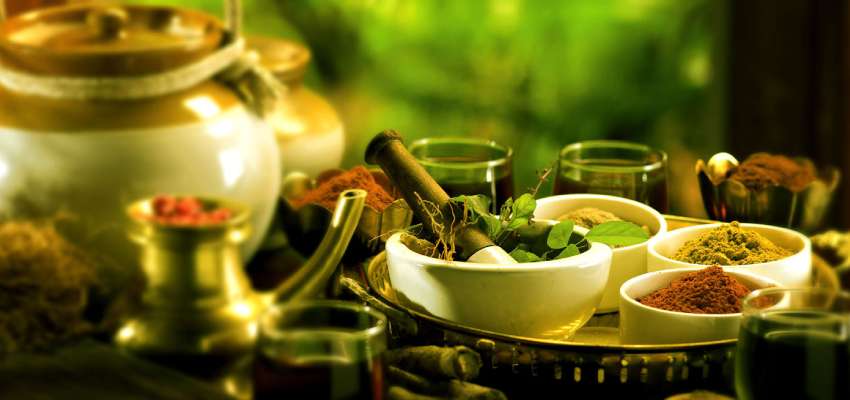
Panchakarma is based on the idea that removing toxins and reestablishing a state of equilibrium may be accomplished via a sequence of steps that have been meticulously planned out:
The Poorva Karma
Also known as the Preparation Phase, is the first step in the process of purifying the body. During this phase, the body is prepared for detoxification by performing a mixture of oleation (snehana) and fomentation (swedana).
Consuming medicinal ghee or oils as part of the Snehana practice helps to lubricate the body, which in turn makes it easier for accumulated toxins to be expelled. Swedana is the practice of generating sweating using methods such as steam treatment, which further assists in the expulsion of toxins.
The Pradhan Karma, also known as the Major Procedures:
- Vamana, also known as Emesis Therapy: Vamana works to purge the body of excess Kapha dosha by targeting the upper digestive system. It entails the controlled delivery of emetic drugs in order to cause vomiting, and as a result, it removes congestion and toxins from the digestive and respiratory systems.
- Virechana (Purgation Therapy): Virechana concentrates on the lower digestive system and especially targets the Pitta dosha. Virechana is also known as purgation therapy. In order to produce regulated bowel movements and aid in the removal of stored bile and toxins from the liver and gallbladder, a laxative made from carefully selected herbs is supplied to the patient.
- Basti (Enema Therapy): Basti is a very invasive kind of enema therapy that is performed with the intention of bringing the Vata dosha into equilibrium. In order to nourish and cleanse the colon, which promotes detoxification and regeneration, medicinal herbal oils, decoctions, or pastes are administered into the rectum of the patient.
- Nasya, also known as (Nasal Administration): is when herbal oils or decoctions are sprayed into the nasal passages. Nasya is a traditional Indian medical practice. This therapy focuses largely on treating conditions that affect the head and neck, as well as enhancing mental clarity and cleansing the nasal passages.
- Rakta Mokshana (Bloodletting): This kind of Rakta Mokshana, which is less widely practised, includes the controlled removal of a tiny amount of blood in order to cleanse the blood and cure certain ailments that are associated with excess Pitta dosha.
Also read about – Varicose Veins Remedies and Ayurvedic Treatment
Paschat Karma (the Post-Treatment Phase):
After the primary procedures, the body enters a post-treatment phase that consists of food restrictions, herbal remedies, and instructions for how to live one’s life. This phase is extremely important for the body to regain its equilibrium and properly recover from the strenuous detoxification process that came before it.
Benefits of Panchakarma
Panchakarma’s integrative approach results in a wide range of advantages that go well beyond merely purifying the body, including the following:
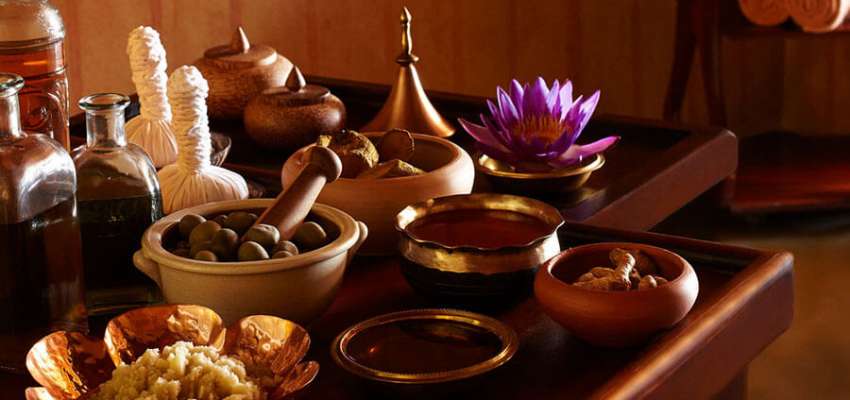
- Detoxification Panchakarma is able to eliminate toxins that have accumulated in the body’s deepest tissues in an effective manner, which helps to promote general well being and avoid chronic illnesses.
- Improvements to Digestion: Panchakarma purges the body of excess doshas, which in turn restores the digestive fire (agni), resulting in enhanced digestion and the capacity to absorb nutrients.
- Increased mental clarity As mental fog lifts as a result of the removal of physical toxins, this positively impacts mental clarity, attention, and emotional equilibrium.
- Rejuvenation Panchakarma is known to revitalise tissues, improve skin colour, and bestow a young glow, all of which contribute to an individual’s general vitality.
- A Decrease in Stress and Anxiety Panchakarma’s Rituals, when combined with a Peaceful Environment, are known to Induce Relaxation, which in Turn Decreases Stress and Anxiety.
You may also like to read about – Kidney Stones Ayurvedic Treatment
Candidacy and Precautions
Even though Panchakarma has a lot of positive effects, it’s important to make sure you’re eligible for it and take all the necessary safety measures:
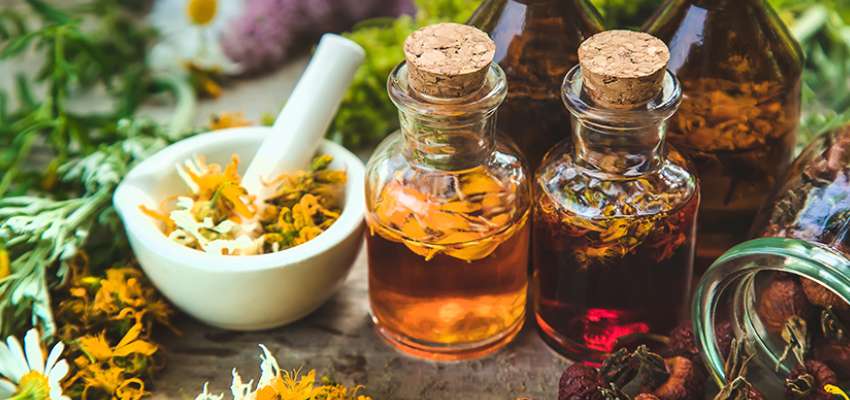
- Panchakarma is appropriate for persons who are interested in preventative treatment, as well as those who are struggling with chronic illnesses, digestive disorders, skin difficulties, and concerns connected to stress.
- Individualization: The treatments of panchakarma are extremely customised and are dependent on the dosha, age, health state, and constitution of the person receiving them.
- Panchakarma and Pregnancy Panchakarma should not be performed on pregnant women or on those who are suffering from serious chronic diseases unless they are doing so under the close supervision of a physician.
The Contemporary Significance of Panchakarma
In a time when people live their lives at a breakneck pace and the environment is full of poisons, the importance of Panchakarma has only increased:
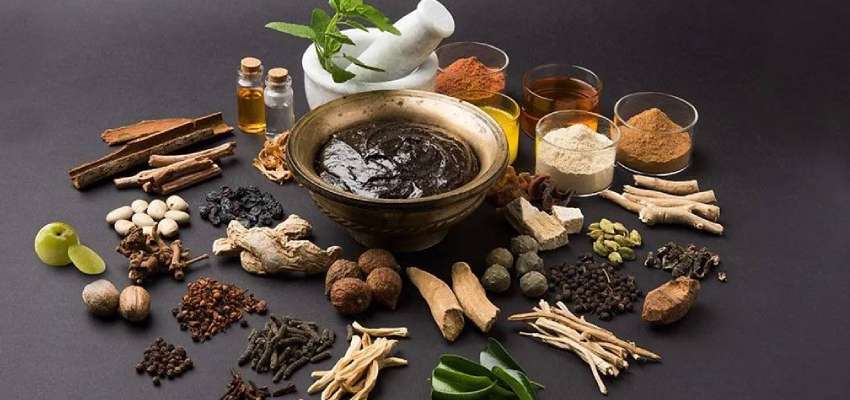
- Stress Management Since panchakarma places such a strong emphasis on a person’s mental and emotional health, it is an effective method for managing stress and minimising its negative consequences.
- Detoxification of the Environment: The practice of panchakarma assists the body in coping with the ever-increasing stress caused by the presence of environmental pollutants and poisons.
- Integrative Medicine Integrative medical practices are beginning to recognise the potential of Panchakarma as a supplemental therapy that may be used in conjunction with traditional therapies.
- Customized Wellness: Panchakarma is in line with the trend in modern wellness that is moving towards personalised wellness by providing solutions that are individualised to each person.
Explore more about – Ayurveda’s Healing Touch in Cancer Care
How to Get the Most Out of Your Panchakarma Experience
Planning and getting ready for a Panchakarma trip requires a lot of forethought and organisation:
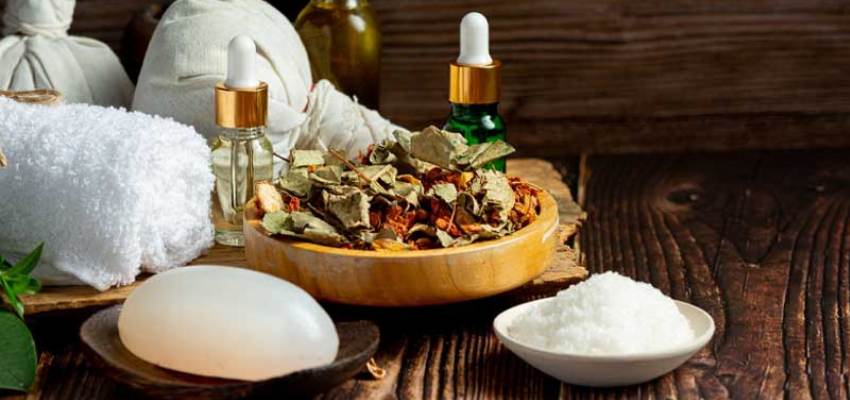
- Consultation: Get the advice of an experienced Ayurveda professional to ascertain your dosha, evaluate your current state of health, and devise an individualised Panchakarma treatment strategy.
- Timing: Choose a convenient time for the Panchakarma treatment when you will have plenty of time to devote to preparation, the primary procedures, and the post-treatment portion of the process.
- Environment: Choose a calm and natural setting if you want to encourage relaxation and healing in yourself and others.
- Changes to Your Lifestyle: If you want your results to persist, you should make the suggested adjustments to your food, your daily routines, and your mindfulness activities.
Myths About Panchakarma Shown As Fallacies
Panchakarma, despite the fact that it has been shown to be effective, is not exempt from common misunderstandings:
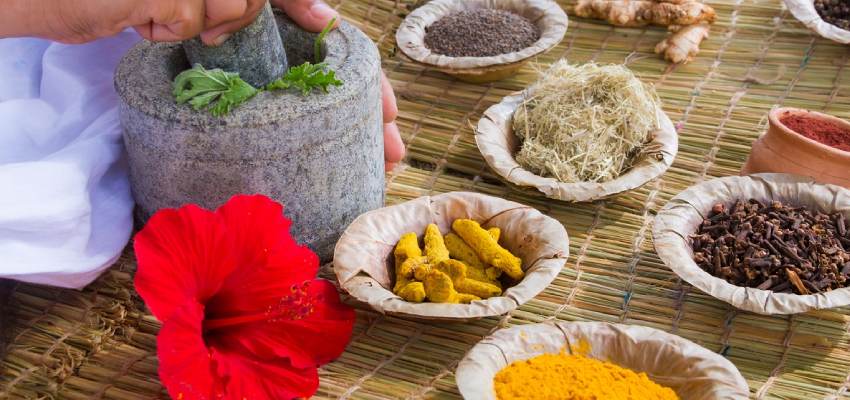
- Dangerous or Unusual Procedures: Panchakarma is a method that is well-defined and does not include any dangerous or unusual procedures.
- A Fast Cure Panchakarma is not a quick-fix therapy; rather, it demands dedication and post-treatment care in order to achieve durable outcomes.
- Panchakarma’s Effects Are Being More and More Studied, and Its Principles Align With Concepts Found In Modern Medicine Panchakarma’s effects are becoming more and more investigated, and its principles correlate with ideas found in contemporary medicine such as detoxification and stress reduction.
Here is herbal remedy for stress.
Conclusion
Panchakarma is a powerful example of how ancient traditions preserve and pass on profound knowledge. This Ayurveda cleansing practice is a powerful means of restoring equilibrium when the stresses of modern life have taken their toll.
By committing to Panchakarma, we not only purify our physical selves but also bring balance to our mental and spiritual selves, revealing the hidden treasure of genuine holistic health.
Panchakarma remains a shining example of health at the intersection of contemporary science and ancient knowledge, inviting us to pursue a path of self-discovery and healing.
Consider reading –